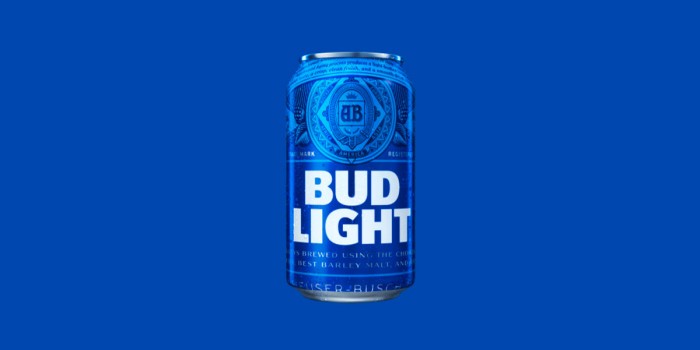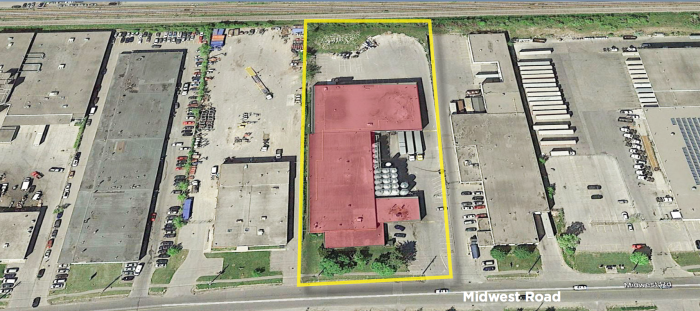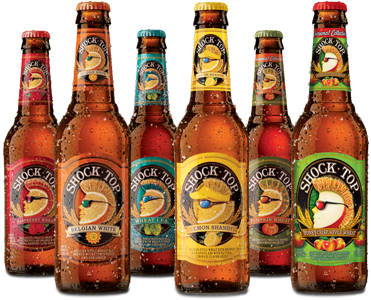A few days ago, reports indicated that AB InBev, the world’s largest beer company, was seeking a possible acquisition of Coca Cola. The news, which comes shortly on the heels of AB InBev’s $107 billion purchase of SABMiller, means that the international beer company is eyeing plans to catapult them to a status of one of the world’s largest corporations with a global monopoly on beverages. The following excerpt is a glimpse into the future that market experts have predicted would likely result from such a merger.

Dusk was already creeping over the wastelands when Bretta arrived home. The wrinkles of her clothes were filled with sand, her canteen was empty, and the battery on her respirator was dangerously low. She was going to be in shit.
And for what? She thought as she thumbed the meagre pouch of cereal grain in her pack and climbed down the shaft to the Warrens.
Powering down her scanners and taking off her goggles in the cool air of the open caverns, Bretta saw her neighbours chatting while they rinsed air filters in the in a drum under the cracked Dasani pipeline that provided the ward’s water and she smelled the early evening Warren smells of frying Devil Worms and Bark Beetles. For a second she forgot about the trouble she was in and was just happy to be home to rest after long day.
But she didn’t even have time to knock on the shelter’s door before it opened with a pneumatic hiss and her mother, Myrcena, knocked her on the forehead head with an open palm.
“Where the hell have you been?”
Her mother didn’t wait for an answer and instead hurried past and scurried up to the surface with her binocs.
“I wasn’t followed, Ma!” she yelled, but it was no use. Bretta left the door open and plopped onto the lumpy couch beside her brother, Quaff. She was dirty and too tired to kick off her boots. Quaff was too entranced by a game on his iPalm to even notice her.
Up top, Mycrena scanned the horizon for unusual shapes or heat signatures, but nothing seemed out of the ordinary. The towering malting silos loomed in the distance and the shimmering silhouette of the far off INCOCABEV Brewing and Manufacturing District belched a steady yellow torrent of acrid smoke and steam into the air.
Driverless transports dotted the landscape in uniform lines running between the silos and the breweries with a scattered few trickling in from the Beech Nurseries to the east and the Binelands to north, with another trail of tankers carrying finished product south to the colonies at Los Angeles, Santa Melania, and beyond. The skies and the vast expanse of desert, Mycrena noted with relief, were clear.
Bretta was drifting off when Mycrena returned.
“Where is it?” she boomed, wrenching Bretta’s pack from her shoulder.
“Hey! Give me that!” she said. “Where’s what?”
“Don’t play dumb,” Mycrena said, rummaging through the pack. “I know you went to the grain route after your shift. I heard on the scanners that Crafters had crashed a malt transport.”
“Hey! That’s my stuff!” Bretta cried as her mother threw mash tun drawings and a tattered copy of Michael Jackson’s Great Beer Guide to the ground. And then she found it.
“Ah ha! I knew it,” she said, holding the small bag of malted grain aloft. “What do you expect to do with this, huh? You couldn’t brew a pint with this! You waste four hours of respirator filter? For what? Some homebrewing fantasy?”
Bretta fought back tears as she stuffed her notebook back in her pack. “It’s not a fantasy. Humans will brew again! The elders say they already are in Brookla—“
“There is no more Brooklandia,” her mother cut her off. “The elders are wrong. Get that through your head. Everything East of Missouri has been a wasteland since Trump drained the lakes in the Twitter Wars.”
“You don’t know that,” Bretta yelled, the tears streaming now. “How can you know that? Father Koch—“
“Father Koch?! He’s the worst of them all! A madman, preaching ancient religions as though the ability to make beer again will somehow save us all. It’s nonsense, Bretta.”
“Nonsense?” Bretta yelled. “Is that why the rebellion was fought? Is that why you fought? For nothing? Is that what dad died for—“
“Bretta! Enough!” Mycrena screamed, slamming a rehydrator on the counter. The noise made Quaff fall off the couch. “Enough talk of beer. Go to your room!”
* * *
Once Bretta had stopped crying, she dumped her pack on her bed and smoothed the dog-eared corners of her books; mostly ancient homebrewing guides, reprints of reprints, copies that had been passed around the Warrens since before she was born.
She heard her mother banging pots and pans in the kitchen, kicking and swearing at the old clunking hedrolon as it whirred to life. Bretta closed the door quietly, and crawled under her bed.
The small plant she had hidden there was frail, but definitely still green. She had nursed it lovingly since she had traded some Crafters for the ratty chunk of rhizome and she dutifully took it to the surface every morning for light before her mother awoke. She held her breath as she admired it; turned it slowly. She dared not touch it.
And there it was. It was only the size of a pea, but there was no mistaking it: A hop cone. Bretta gasped.
Then suddenly, the earth around her began to shake. A low vibration at first, but then a terrifying rumble. Sand and dust fell from the walls and she heard crashing as things fell from the walls in the rest of the shelter. The door flew open and Mycrena was there, clutching a terrified Quaff to her. She registered the tiny hop bine in Bretta’s hands and something like rage flickered across her eyes, but now was not the time.
“You were followed,” she said, reaching out her hand, “Come with me.”
Out in the main caverns, Mycrena shoved Bretta and Quaff up the tunnel to the hatch. It was chaos as dirt and dust fell and light from unseen holes above suddenly pierced the Warrens. They scrambled to the surface. Up top, they saw the source of the noise and chaos: Budroids. Dozens of them, far larger than they had ever seemed as a mere spot in the distance, buzzing like giant, menacing, mechanical wasps. They bored their massive drills into the earth all around the opening to the hatch, tunneling toward the Warrens and the camp below.
The Budroid’s cameras swiveled atop their over-sized bodies, tracking as Bretta’s friends and neighbours ran in blind terror, scrambling from holes that now dotted the desert.
“Look!” Quaff yelled.
At first Bretta saw only a cloud on the horizon, growing larger against the sunset. But then the noise met them and they saw that the cloud was actually dust being kicked up as an battalion of fast-moving vehicles thundered across the open desert toward them; dozens of red and white armored Clydesdale M1A2s, their plasma cannons distinct and glinting in the late evening desert sun.
The Warrens were lost.
“Brito…” Mycrena whispered.








